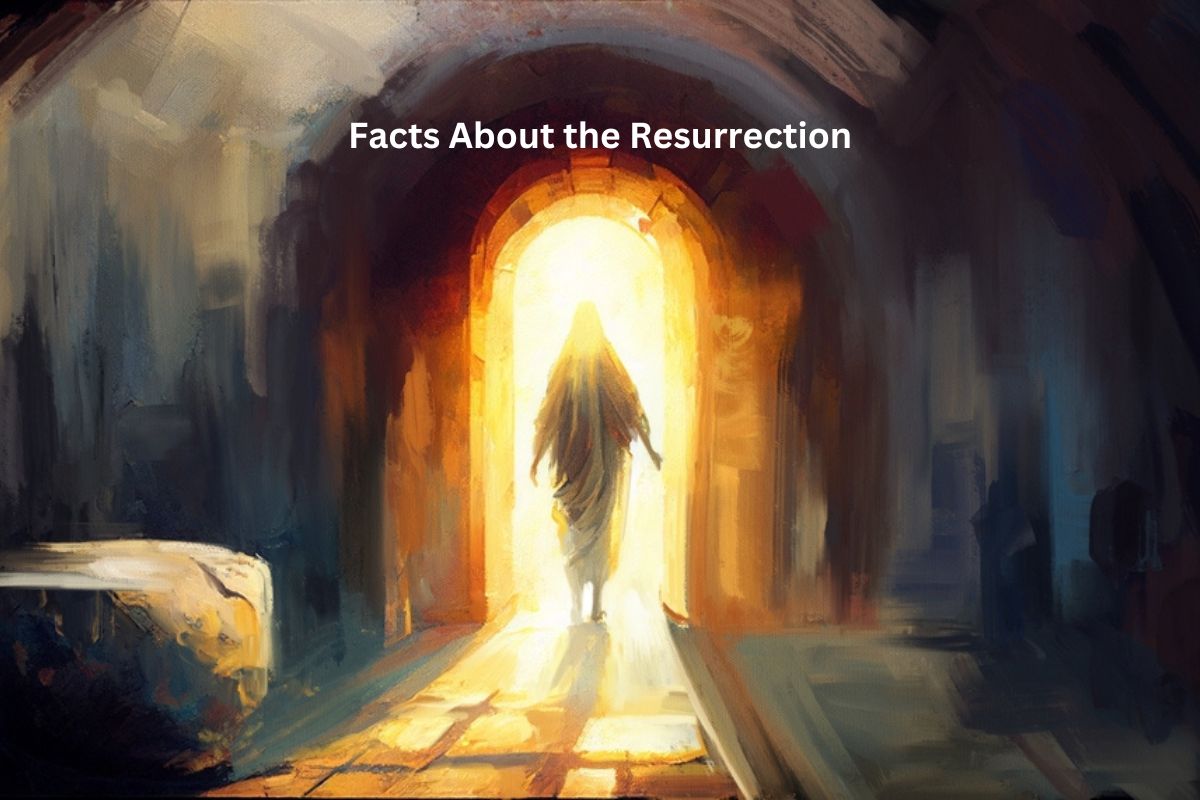The resurrection is a fundamental belief in Christianity, centered around the conviction that Jesus Christ, after being crucified and buried, rose from the dead. This event, celebrated as Easter, holds paramount importance in Christian theology and tradition.
The resurrection is not only a historical account but a theological cornerstone, signifying victory over sin and death and offering hope of eternal life to believers.
In this exploration, we will delve into key facts and aspects surrounding the resurrection, shedding light on its significance within the Christian faith.
The Resurrection Facts
1. Easter celebrates Jesus’ resurrection
Easter is the most significant and joyous Christian holiday that commemorates the resurrection of Jesus Christ. It is celebrated on the first Sunday following the first full moon after the vernal equinox, typically falling between late March and late April.
Also Read: Crucifixion Timeline
Easter is a time for Christians to remember and rejoice in the belief that Jesus conquered death and rose from the grave, offering the promise of eternal life.
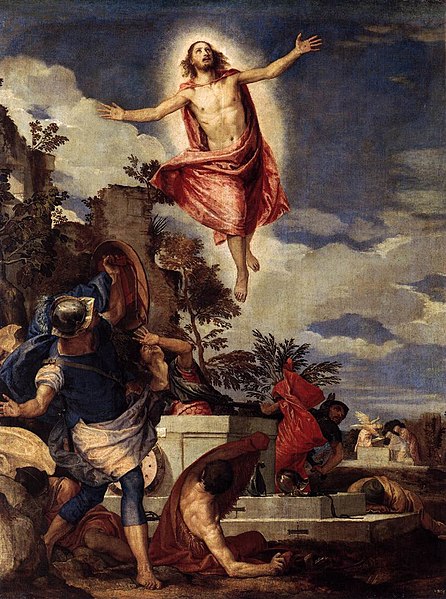
2. The tomb where Jesus was buried was found empty
According to the accounts in the New Testament of the Bible, Jesus was crucified and buried in a tomb owned by Joseph of Arimathea. After his crucifixion on Good Friday, his body was placed in this tomb.
On the third day, which is now celebrated as Easter Sunday, some of Jesus’ followers, including Mary Magdalene, went to the tomb to anoint his body with spices.
Also Read: Timeline of the Resurrection of Jesus
To their astonishment, they found the tomb empty, with the stone rolled away from its entrance. This discovery was a pivotal moment, as it suggested that something extraordinary had occurred.
3. A large stone blocked the tomb’s entrance
The Gospel accounts describe that the entrance to Jesus’ tomb was sealed with a large stone. This stone was typically rolled in front of the tomb to secure it and prevent unauthorized access.
The fact that the stone was rolled away when Jesus’ followers arrived at the tomb is significant because it indicated that the tomb was empty, and Jesus’ body was no longer there.
This detail underscores the miraculous nature of the resurrection, as it suggests that no human agency could have moved the stone by conventional means.
4. Multiple witnesses claimed to see the risen Jesus
After his resurrection, there were multiple witnesses who claimed to have seen and interacted with Jesus. These witnesses included his disciples and other individuals who were part of his inner circle.
The New Testament accounts in the Bible provide several instances of these encounters. For example, in the Gospel of Matthew, it is mentioned that the disciples saw Jesus on a mountain in Galilee, where he commissioned them to spread his teachings to all nations.
In the Gospel of Luke, Jesus appeared to his disciples in Jerusalem and ate with them to demonstrate his physical presence. These multiple witnesses played a crucial role in validating the resurrection event in the eyes of early Christians.
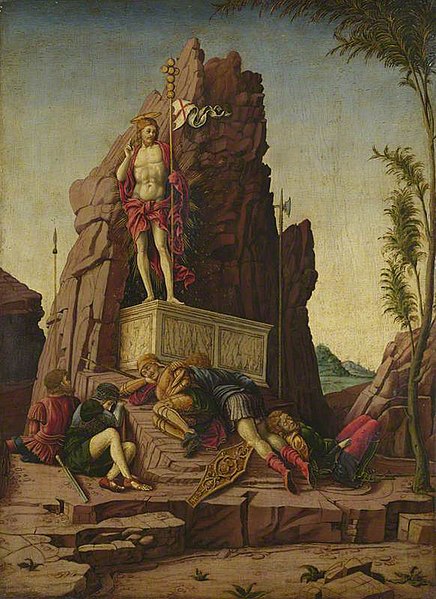
5. Doubting Thomas needed physical proof
One of the most well-known accounts of a post-resurrection appearance is the story of “Doubting Thomas.”
Thomas, one of Jesus’ disciples, initially doubted the reports of Jesus’ resurrection. He famously declared that he would only believe if he could see and touch the wounds on Jesus’ body.
According to the Gospel of John, Jesus appeared to Thomas and allowed him to do just that. This episode highlights both Thomas’s skepticism and Jesus’s willingness to provide tangible evidence of his resurrection to strengthen the faith of his followers.
6. Mary Magdalene was the first to see Jesus
According to the Gospel accounts, Mary Magdalene was one of the first individuals to witness the risen Jesus.
She had gone to the tomb early on the morning of the resurrection and, finding the tomb empty, encountered Jesus near the tomb. At first, she did not recognize him and mistook him for a gardener. However, when Jesus called her by name, she recognized him.
Mary Magdalene’s encounter with the risen Jesus is significant because it is considered a profound and personal moment that underscores the intimacy of Jesus’ relationship with his followers and his willingness to reveal himself to them.
7. Jesus appeared to two followers on the road to Emmaus
One of the post-resurrection appearances of Jesus occurred on the road to Emmaus. According to the Gospel of Luke, two of Jesus’ disciples were walking from Jerusalem to Emmaus when Jesus appeared to them, though they did not recognize him at first.
They were saddened by Jesus’ crucifixion and were discussing recent events. Jesus explained the prophecies concerning himself from the Old Testament, and it was only when he broke bread with them during a meal that their eyes were opened, and they recognized him.
This encounter underscored the idea that Jesus’ resurrection was foretold in the Scriptures and that he could appear in different forms to his followers.
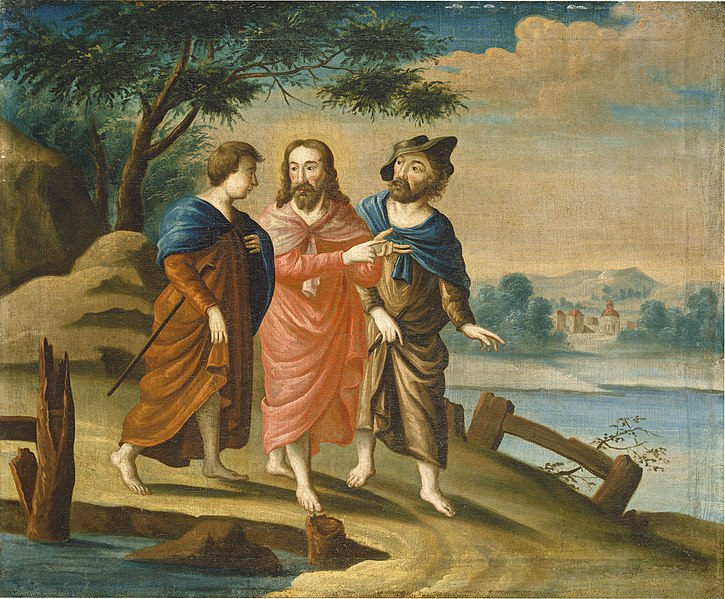
8. He appeared to his disciples in a locked room
In another post-resurrection appearance, Jesus appeared to his disciples in a locked room, as described in the Gospel of John. The disciples were gathered in fear and confusion after Jesus’ crucifixion when suddenly, Jesus appeared among them.
This event emphasized Jesus’ ability to transcend physical barriers and reinforced the idea that his resurrected body was different from his earthly body, yet still recognizable to his followers through his wounds.
9. Jesus ascended into heaven 40 days after his resurrection
According to Christian tradition and the Book of Acts in the New Testament, Jesus remained on Earth for 40 days after his resurrection, during which he appeared to various individuals and groups of disciples.
After this period, Jesus ascended into heaven in the presence of his disciples. This event, known as the Ascension, is celebrated in some Christian traditions 40 days after Easter and marks the moment when Jesus returned to the presence of God the Father.
10. His resurrection transformed his followers
The resurrection of Jesus had a profound and transformative impact on his disciples and early followers. Prior to the resurrection, many of them were in despair, disillusioned, and fearful, having witnessed the crucifixion of their leader.
However, encountering the risen Jesus changed everything. They became bold and passionate evangelists, spreading the message of Jesus throughout the Roman Empire and beyond.
This transformation is often cited as powerful evidence of the reality of the resurrection in the early Christian community.
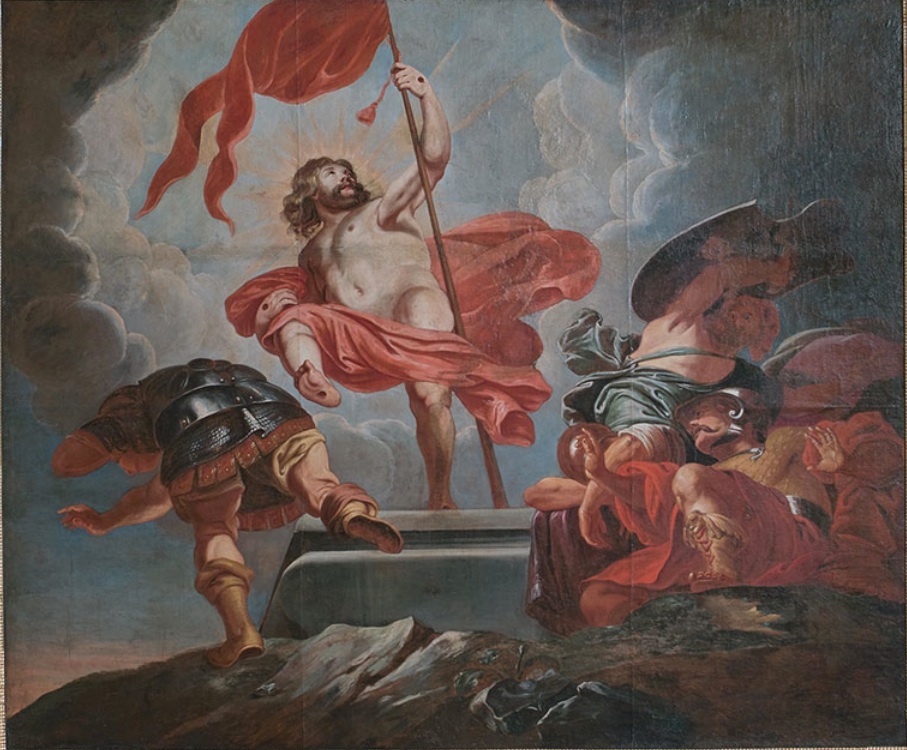
11. The resurrection is a central Christian doctrine
The resurrection of Jesus Christ is a foundational and central doctrine of Christianity. It is considered one of the core beliefs that distinguish Christianity from other religions and worldviews.
Christians believe that Jesus’ resurrection is not just a historical event but a theological truth with profound significance. It represents God’s victory over sin and death and is at the core of the Christian message of salvation.
The Apostle Paul, in 1 Corinthians 15:17, wrote, “And if Christ has not been raised, your faith is futile; you are still in your sins.” This passage underscores the essential role of the resurrection in Christian theology.
12. It fulfills Old Testament prophecies
Many Christians believe that the resurrection of Jesus fulfills numerous Old Testament prophecies and foreshadows events described in the Hebrew Scriptures.
These prophecies include passages from the Psalms and the Prophets, which speak of the Messiah’s victory over death and his role in the redemption of humanity.
For example, Isaiah 53, often referred to as the “Suffering Servant” passage, is seen as a prophetic description of the suffering and resurrection of Jesus.
13. Christian symbols include the empty tomb and the cross
The empty tomb and the cross are two powerful symbols in Christianity, representing different aspects of the faith, including the resurrection:
- Empty Tomb: The empty tomb symbolizes the triumph of Jesus over death. It is a reminder of the moment when Jesus’ followers discovered that he had risen from the dead, fulfilling his promise of eternal life for believers. The empty tomb signifies hope, new beginnings, and the victory of light over darkness.
- The Cross: The cross, particularly the crucifix, is a symbol of the crucifixion of Jesus, which is inseparable from the resurrection. It represents the sacrificial love of Jesus, who willingly suffered and died for the forgiveness of sins. The empty cross, often depicted in Protestant traditions, also symbolizes the resurrection, as it highlights the fact that Jesus conquered death and is no longer on the cross.
These symbols play a significant role in Christian worship, art, and iconography, serving as constant reminders of the central events of Jesus’ life, death, and resurrection. They are essential elements of Christian faith and identity, serving to inspire and deepen the faith of believers worldwide.
